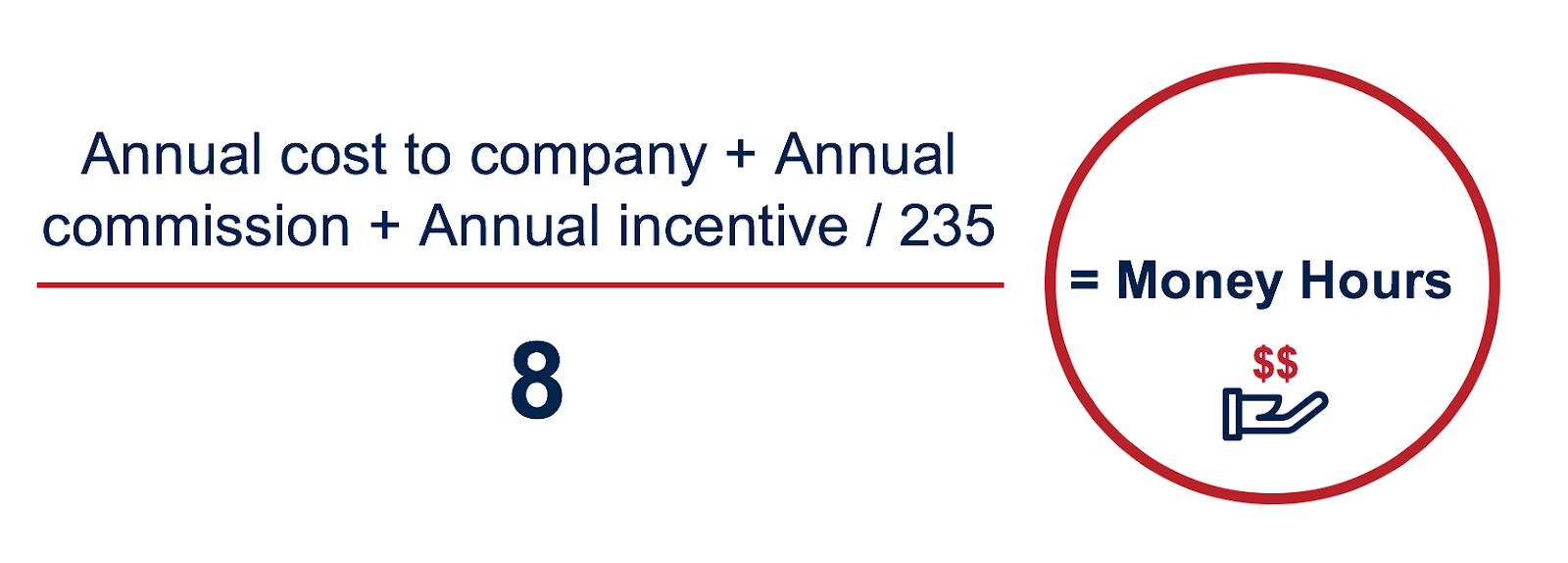In the world of sales, time is everything and every company wants a shorter sales cycle. Here’s how sales enablement can help you achieve that goal.
I’m going to let you in on a secret... sales is an expensive endeavour. The longer it takes to close a deal, the more costs are incurred as part of your sales process. So there’s one dream every salesperson, and their manager, works towards… a shortened sales cycle.
But over the years the definition of the sales cycle has changed: it no longer starts when marketing hands you a lead. Research shows that 67% of the buyer’s journey is now done digitally, which means prospects are engaging your sales team much later in their buyer’s journey.
Potential buyers are are gathering information from multiple touchpoints. So in order to shorten your sales cycle, your sales and marketing teams need to work together to ensure potential prospects are moving through the pipeline effectively. Your marketing team should be working to make sure that the prospects your sales team are speaking to, really want to speak to them too. And your sales team should be creating personalised customer experiences for them. Unfortunately many sales teams can’t focus on customising the customer journey because they’re bogged down by time-consuming administrative tasks and inefficient processes.
That’s where sales enablement comes in!
What is sales enablement?
Here at Spitfire, we see sales enablement as a process that empowers sales teams to operate at their full potential. We use technology, processes, and content to empower sales teams to close deals at a higher velocity. Which is great, because time is money!
95% of buyers choose a solution provider that “Provided them with ample content to help navigate through each stage of the buying process.” - DemandGen Report
How does sales enablement shorten the sales cycle?
It’s all about time and the right prospect fit!
With sales enablement, your marketing team is doing the research into what your potential prospects want and need at various stages, and then producing useful content to attract the right leads at the right time. This means your salespeople spend less time gathering the information they need to target the right customers. It also means that they have instant access to useful insights they can send to potential prospects.
65% of sales reps say they can’t find content to send to prospects—the most common complaint of sales teams. - Kapost
Imagine being on a call and having a prospect say, “I need more info on that” and you’re all ready to say, “Yes, I’ll send you our recent blog post on that to you now”. This unified view of the client throughout the funnel helps to create an exceptional customer experience.
Speed up your sales cycle by automating repetitive tasks that are bleeding into your prospecting or selling time - HubSpot
When it comes to time management, as in so many other instances, the 80/20 rule suggests that we focus our time and energy on the 20% of opportunities which will deliver 80% of our results. So it’s critical that you allocate as much of your time to the prospects that have the best probability of closing, and that have the highest potential maximum rate of return .
Business guru Tim Ferriss, refers to it as “chasing field mice or antelope”. If a lion (this is you) spends all its time chasing small field mice (these are bad fit, unready prospects), it will catch them but the energy involved in catching a field mouse is greater than the number of calories gained from eating it. Whereas if it spends the majority of its time chasing antelope (good quality leads), it might take a bit more energy to catch, but the reward is much greater.
The importance of “money hours”
The amount of time available to salespeople is finite which is why the time spent talking to good quality prospects is critical.
Here’s an equation to think about:

So, as an example, using this formula. If your annual cost to company (CTC) is R240 000 with an on-target annual commission of R240 000 and annual incentives are R20 000 - that’s a total of R500 000 annually. Now if you divide that by 235 (number of sales days in a year, excluding public holidays, weekends, and leave), and then divide that number by eight (number of hours in a day), each hour of your day is worth R265,96. Which means every hour you spend not actively selling or prospecting you’re costing the company R265,96!
Scary, isn’t it!?
Now stop and think, if an hour goes by without high-gain, revenue-generating, activities (prospecting, qualifying leads, connect-calling, preparing for exploratory meetings, building relationships, preparing proposals, processing orders etc.), how much is that costing your company, and how much is that costing you personally? Research shows that non essential tasks like non-relevant internal meetings, administration, personal phone calls, emails, and social media, travelling etc. make up between 40% and 60% of the average sales person’s time. There is so much scope to eliminate, automate, or outsource these time wasting activities.
Shortening your sales cycle means you can work on more deals in the same timeframe. This is the ultimate win for both the individual salesperson and the sales manager.
Our sales enablement programs are all about productivity and results. Our clients are able to optimise their time on the best possible deals in their pipelines.
Ready to start using sales enablement or want some more information? Contact us and one of our experts will help you start shortening your sales cycle. Or download our Sales Playbook: How to turn your entire business into a sales machine, for some more great insights into how to turn your business into a sales machine.
